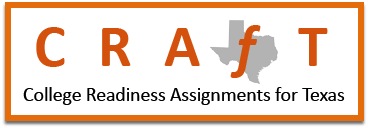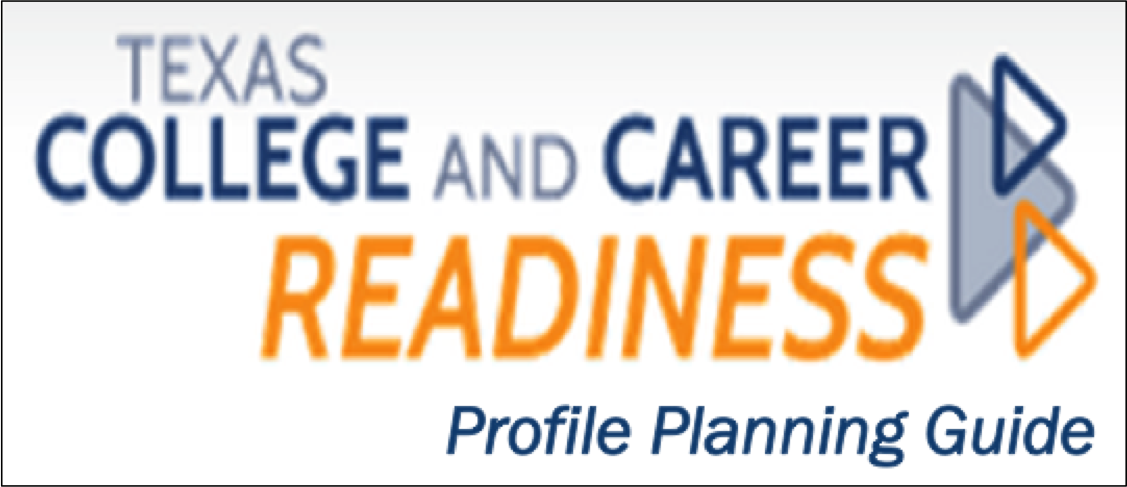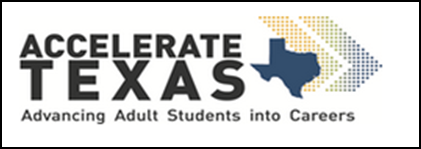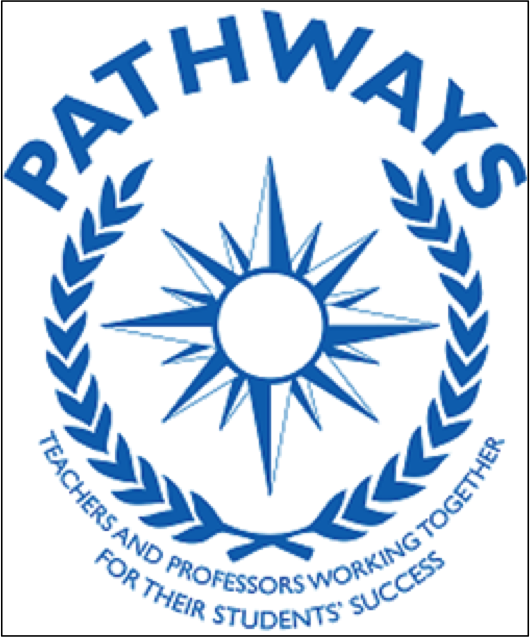A. Cognitive skills in science
1. Utilize skepticism, logic, and professional ethics in science.
a. Read or listen to statements of arguments carefully and critically, evaluate what evidence deserves attention and what should be dismissed, and distinguish careful arguments from questionable ones.b. Recognize indicators and symptoms of faulty or unreliable statements or arguments. These indicators include the following:
- Premises of the argument are not made explicit.
- Conclusions do not follow logically from the evidence.
- Argument is based on analogy but the comparison is faulty.
- Fact and opinion intermingle, opinions are presented as fact, or it is not clear which is which.
- Celebrity is used as authority.
- Vague attributions are used in place of specific references or citations.
- Reports of experimental results fail to describe appropriate controls.
- Faulty graphs distort appearance of results by omitting data, omitting part of the scale, using no scale at all, etc.
- Average (mean) results are reported, but not the amount of variation around the mean.
- Absolute and proportional quantities or percentages are mixed together without clarification.
- Other incorrect, misleading, or shoddy practices are used, as described in more detail in Science for All Americans, a report from Project 2061, AAAS, 1990.c. Base alternate explanations on data and follow accepted, logical rules.
d. Demonstrate ability to review and evaluate articles from a variety of sources, including scientific journals, websites, and popular publications to identify examples of proper statements and arguments, as well as examples where good practices were not exhibited.
2. Use creativity and insight to recognize and describe patterns in natural phenomena.
a. Categorize a given collection of objects and describe the criteria for categorization (e.g., by constructing a dichotomous key).
b. Determine a line of best fit for a given set of graphical data and predict by interpolation or extrapolation where additional data points are likely to occur.
c. Formulate explanatory models, mechanisms, or narratives that relate observed features to each other and that describe cause-effect or other relationships among natural phenomena.
d. Examine and analyze new situations or problems in light of previously understood principles.
3. Formulate appropriate questions to test understanding of natural phenomena.
a. Determine what additional data needs to be collected to draw conclusions from a given series of observations.
b. Make recommendations at the conclusion of an experiment to extend, adjust, or apply the research conducted.
4. Rely on reproducible observations of empirical evidence when constructing, analyzing, and evaluating explanations of natural events and processes.
a. Know how to keep and have experience in keeping a journal or other record that accurately describes observations; that distinguishes actual observations from ideas, speculations, and opinions about what was observed; and that is understandable weeks or months later.
b. Review and evaluate articles from a variety of scientific journals and pseudo-scientific/non-scientific publications and determine if the information is based on empirical evidence.
c. Distinguish between personal opinion and evidence gathered by observation and analysis.
B. Scientific inquiry
1. Design and conduct scientific investigations in which hypotheses are formulated and tested.
a. Develop hypotheses that lead to if/then predictions and know that hypotheses leading to accurate predictions are tentatively accepted, while hypotheses that lead to inaccurate predictions are rejected or discarded.
b. Formulate and clarify the method(s) of investigation, anticipating difficulties or needs for special equipment, time schedules, expenses, safety precautions, etc.
c. Identify appropriate controls and variables in the investigation.
d. Collect, organize, display, and analyze data according to an orderly plan, using data tables, graphs, narrative descriptions, or other methods as appropriate.
e. Compare predictions from hypotheses to data, and revise or discard hypotheses as appropriate.f. Present results and seek critiques from others.
g. Predict the effect on a dependent variable when an independent variable is altered.
C. Collaborative and safe working practices
1. Collaborate on joint projects.
a. Work in teams and share responsibilities, acknowledging, encouraging, and valuing contributions of all team members.
2. Understand and apply safe procedures in the laboratory and field, including chemical, electrical, and fire safety and safe handling of live or preserved organisms.
a. Use Materials Safety Data Sheet (MSDS) information and demonstrate safe laboratory practices.
b. Apply MSDS information to evaluate and guide safe practices in temporary storage and handling of chemicals in the classroom.
c. Apply safe handling procedures for live and preserved organisms.
3. Demonstrate skill in the safe use of a wide variety of apparatuses, equipment, techniques, and procedures.
a. Troubleshoot equipment and experimental set-ups under supervision and identify unsafe conditions or practices.
D. Current scientific technology
1. Demonstrate literacy in computer use.
a. Use a variety of hardware platforms and software applications effectively, including word processing, data analysis and statistics packages, detectors and data-gathering probes, and other peripheral equipment.
2. Use computer models, applications, and simulations.
a. Use computer models, simulations, databases, visualizations, spreadsheets, and other applications to describe, analyze, and synthesize data and explanatory descriptions of natural phenomena.
3. Demonstrate appropriate use of a wide variety of apparatuses, equipment, techniques, and procedures for collecting quantitative and qualitative data.
a. Select a device from a given assortment of measuring devices that is most appropriate for data collection and explain why that device was chosen.
E. Effective communication of scientific information
1. Use several modes of expression to describe or characterize natural patterns and phenomena. These modes of expression include narrative, numerical, graphical, pictorial, symbolic, and kinesthetic.
a. Translate information presented in any of these modes into any other of these modes of expression to produce equivalent statements.
2. Use essential vocabulary of the discipline being studied.
a. Define and use a basic set of technical terms correctly and in context for each discipline studied.


 Show Printable Version
Show Printable Version




